Freemium can be a powerful acquisition strategy when it’s done right, but it’s a delicate balancing act. If you give away too much, your leads might expect free forever. If you don’t give away enough value, they won’t see the point in converting.
Over the years, I’ve worked with various startups, testing countless freemium tactics – some of which unlocked major gains, while others missed the mark entirely.
The biggest lesson? The most successful freemium models aren’t about over-delivering upfront, but about finding that sweet spot of “just enough”.
Want to learn how? Great!
In this article, we’ll explore:
- The tipping point between freemium and premium
- How to leverage emotional triggers to drive conversion
- The power of “inbefreemium” to bridge the gap between freemium and premium
- How to build user habits that drive engagement and retention
- A playbook for navigating the freemium threshold successfully
Let’s dive in.
The tipping point: When freemium leads to premium conversion
Let’s talk about the tipping point – the moment when a freemium user decides to upgrade to a premium package. This is the crucial stage in the freemium model that we aim for, where users see enough value to make the leap. This tipping point lies somewhere in the spectrum below.
On one end of the spectrum, you’ve got disengagement. Maybe the product didn’t offer quite enough for users to sink their teeth into. They drop off, and just like that, you’ve got a wasted lead. That’s not just wasted budget – it’s wasted time, and if you’re at a startup, you know how painful that is.
On the other end, you’ve got entitlement. You’ve given so much away for free that leads just keep using your product without ever feeling the need to upgrade. They’re in the door, sure – but now they’re stuck in limbo. They’re not progressing toward premium, and they’re not leaving either. It’s effort without reward.
And that’s what we want to avoid – both the drop-off and the plateau. Because in both cases, you’re missing the conversion moment. You’re not getting people to that tipping point where the real value lies.
Start with heart: Identifying emotional triggers
If you want to drive real conversion, start with the heart. Emotional triggers play a huge role in taking users from initial curiosity to committed conversion, and it's crucial to incorporate emotion into how you approach your freemium strategy.
Let’s start with the “aha” moment – the moment when a lead finally gets it. If you’re like me, you’ve probably sat through countless sales demos or user interviews, eagerly waiting for that pivotal moment when the lead realizes what you’re offering is the solution they’ve been searching for. I love capturing that moment, isolating it, and then building a strong value proposition around it.
But here's the thing: there’s something just before the “aha” moment that I’ve come to call the “Hmm, interesting” moment. It’s when a lead starts to feel like there’s something unique about what you’re offering. They lean in, adjust in their seat, and you can almost hear them thinking, “Okay, I’m starting to get it.” This is the moment when they’re ready to dive deeper and give your freemium product a try.
This is where you can grab them with something tangible – something that really shows them what your product can do. It’s not about telling them; it’s about showing them. You want them to experience the value firsthand.
If you take it back one more step, there’s a precursor to all of this – the “let’s see” moment. This is what generates initial interest. It’s enough to spark curiosity and make them think, “These guys are a little different.” This is the stage where I focus on getting clicks through things like ads. It’s the entry point for people to want to know more.
Leveraging emotional triggers at FutureThink
Let me share how we’ve applied this at FutureThink. As a skill-building company, we help corporate teams level up their leadership and work strategies. For us, emotional triggers are key at each stage of the user’s journey.
For the “let’s see” moment, one of our key differentiators is that we give managers and their teams permission to do less. This might sound counterintuitive, but we encourage people to cancel unnecessary meetings, set boundaries, and say no. We know that if they don’t do this, they won’t get to the work that truly matters.
That’s what gets people’s attention. It’s a message that stands out, and it’s one that drives clicks and form fills – people want to learn more about what we’re offering.




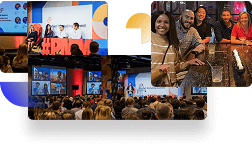
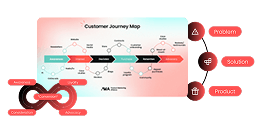
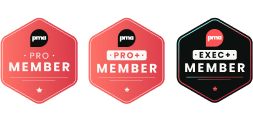
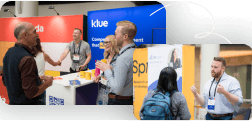
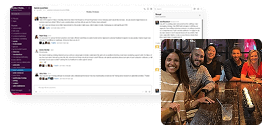
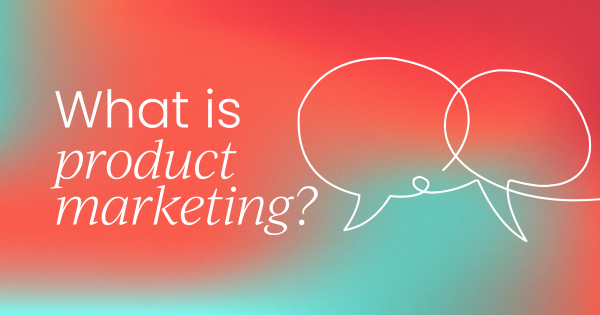
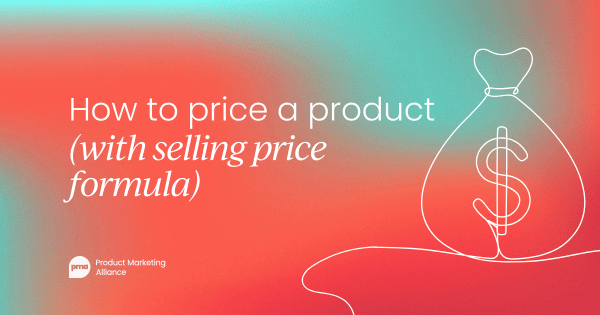
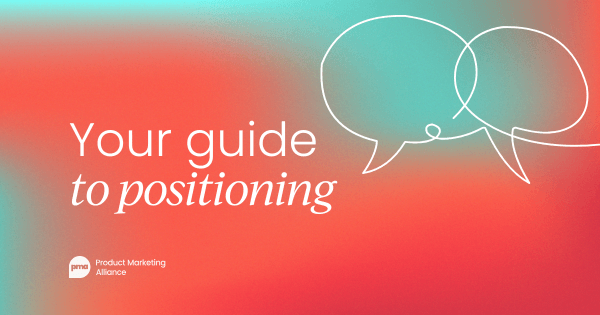
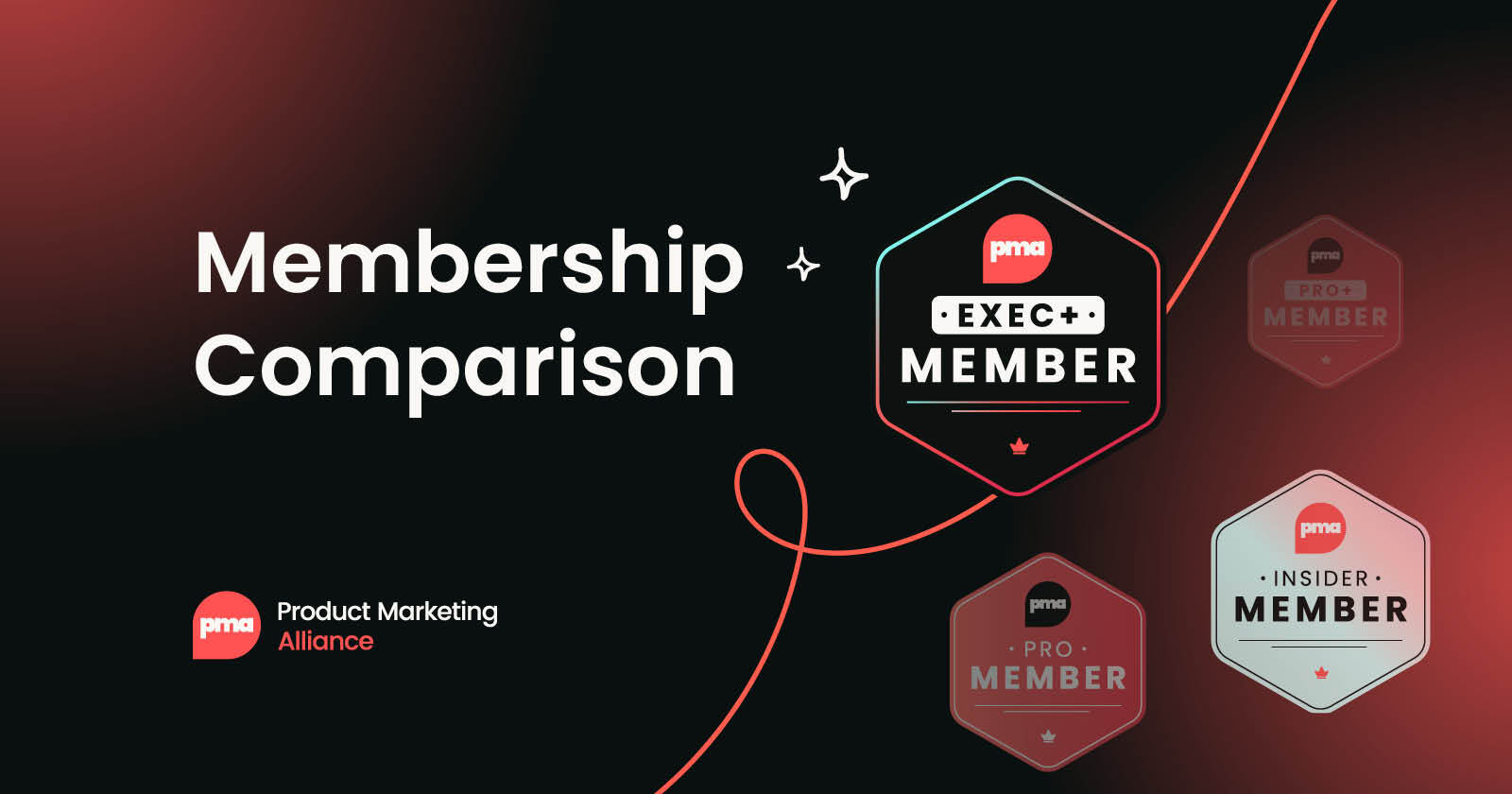
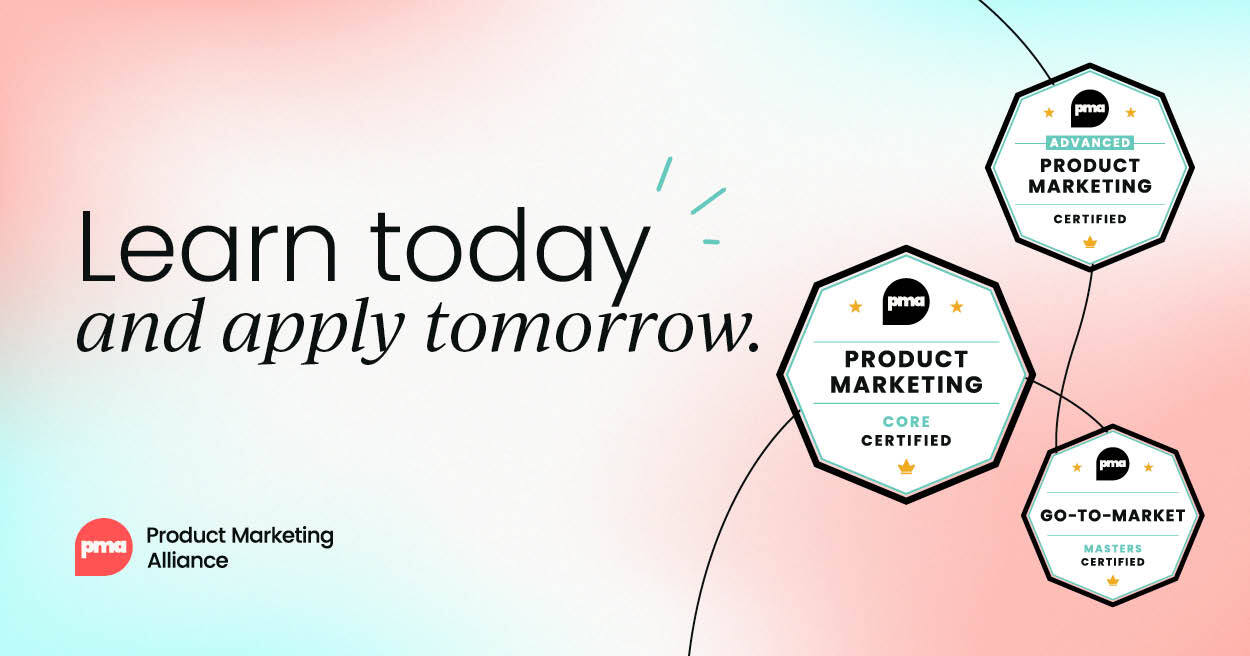
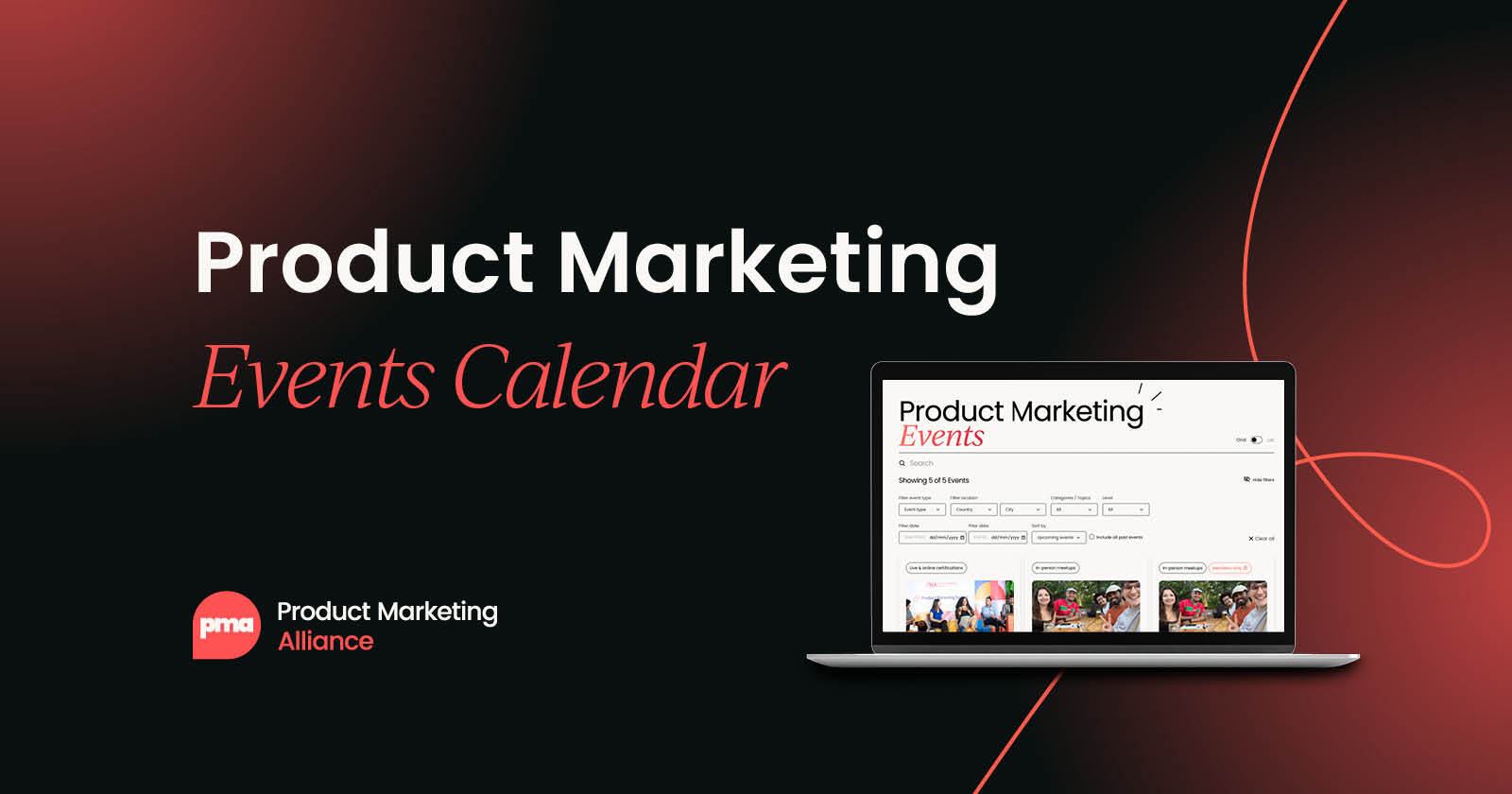
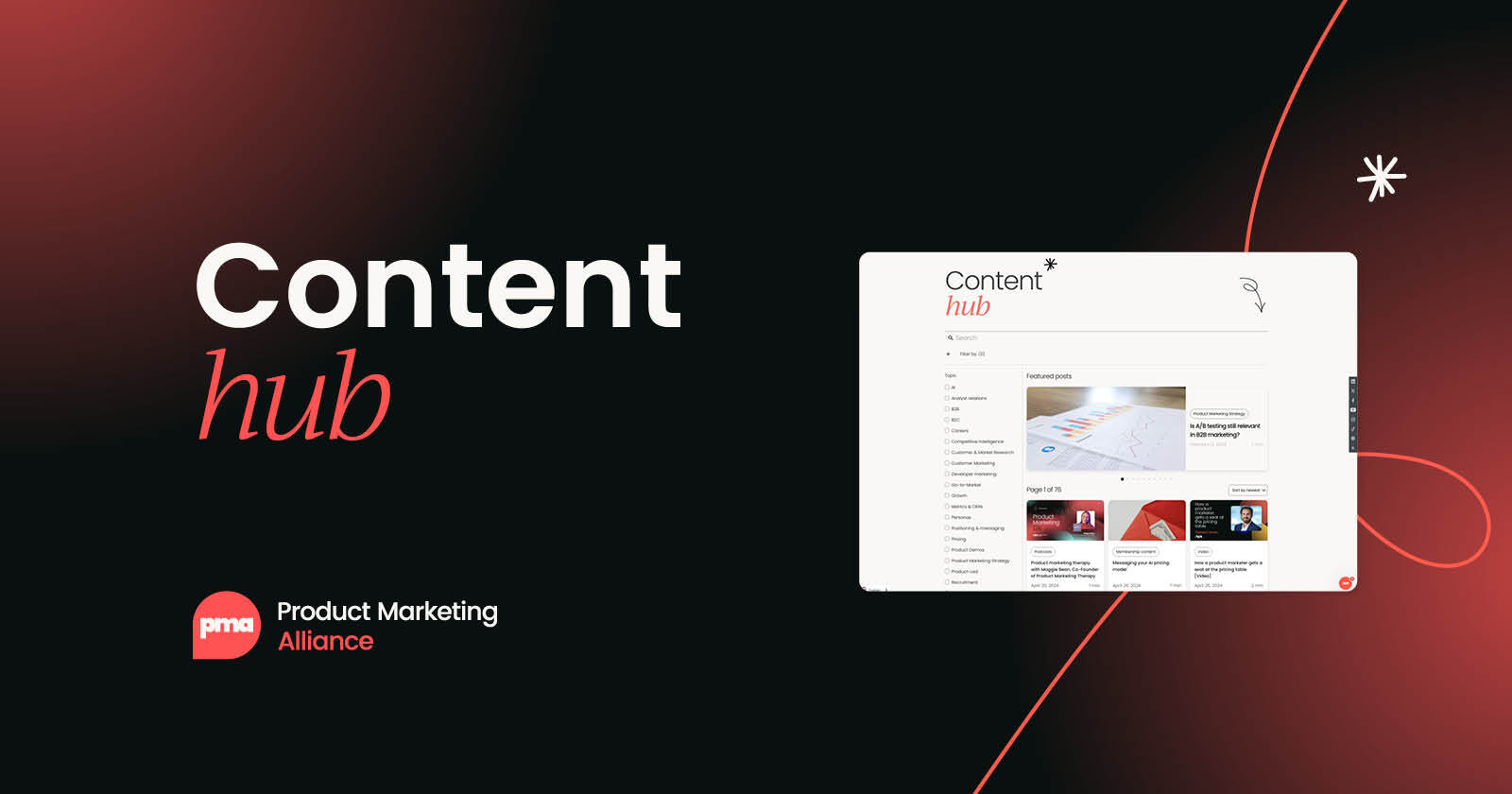

 Follow us on LinkedIn
Follow us on LinkedIn

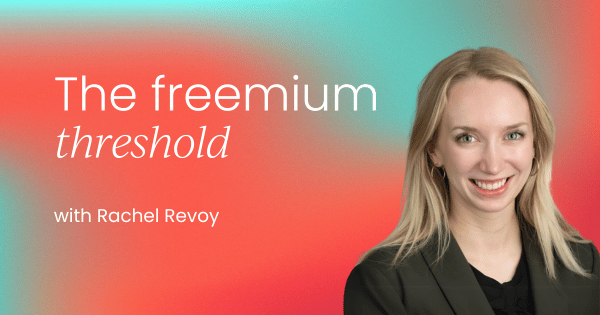


.svg)